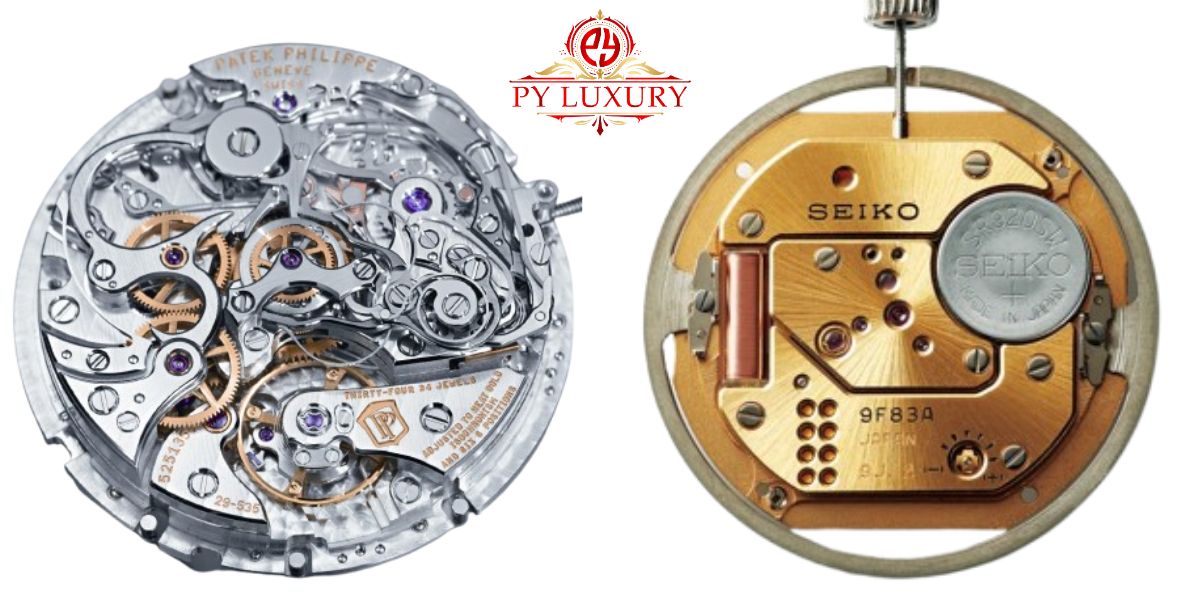Blog about Watches, Jewelry & Bags, Watch Blog
Understanding Watch Movements in Replica Watches: A Comprehensive Guide
Watch movements, often referred to as the “calibre,” are the driving force behind every watch’s operation. Whether it is a luxury timepiece or a high-quality replica, the movement is what ensures that the watch keeps time, powers any complications (such as chronographs or dual time zones), and moves the hands smoothly across the dial. In replica watches, the movement quality often dictates the accuracy, performance, and overall value of the timepiece, making it an essential aspect for enthusiasts to consider.
In the world of horology, movements fall into two primary categories: quartz and mechanical. Each type comes with its unique features, advantages, and drawbacks, which we will explore in detail to understand how they impact the performance of replica watches.
Quartz Movement: The Power of Precision
The Characteristics of Quartz Movements
Quartz movements are known for their precision, low cost, and minimal need for maintenance. Unlike mechanical movements, which rely on intricate engineering, quartz watches are powered by a battery, offering a simpler yet highly reliable method of timekeeping. Quartz movements are often found in everyday, no-frills watches, as well as in some high-quality replica models aiming to provide accurate time at an affordable price point.
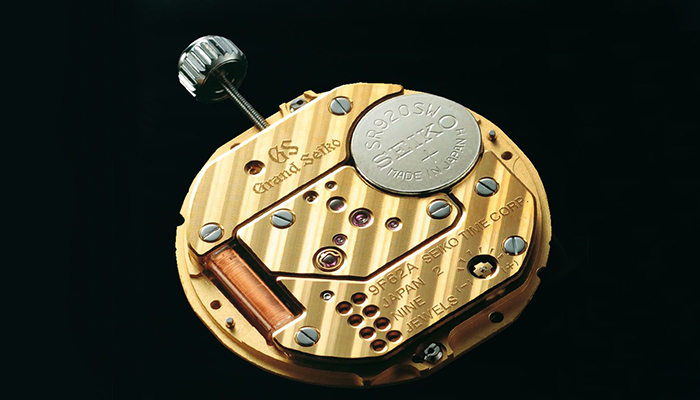
One of the most distinguishing features of quartz movements is the ticking motion of the second hand. Instead of sweeping smoothly across the dial, like in mechanical watches, the second hand in a quartz watch moves in distinct, individual ticks, typically once per second. This visual characteristic makes it easy to differentiate between quartz and mechanical watches.
For a detailed explanation of quartz movements, visit this Wikipedia page on quartz movements.
How Quartz Movements Work
The heart of a quartz movement lies in its battery-powered system. When the battery sends an electrical current through a small quartz crystal, the crystal vibrates at a highly precise frequency. These vibrations are converted into a regular pulse, which drives the motor that moves the watch hands.
Replica watches using quartz movements can still offer good craftsmanship, especially when crafted by high-end manufacturers. For example, Swiss replica watches with quartz movements, modeled after brands like Patek Philippe, are engineered to meet strict quality standards, offering both reliability and durability.
Advantages of Quartz Movements in Replica Watches
- Accuracy: Quartz watches are highly accurate, typically deviating only a few seconds per month.
- Minimal Maintenance: Aside from battery replacements, quartz movements require very little upkeep.
- Affordability: Due to fewer moving parts, quartz replica watches are usually more affordable than their mechanical counterparts.
Why Some Enthusiasts Prefer Mechanical Over Quartz
Despite the accuracy and convenience of quartz movements, many watch enthusiasts prefer mechanical movements for their intricate craftsmanship, history, and artistry. The lack of technical engineering in quartz movements, compared to the complexity of mechanical watches, is often seen as less desirable by those who appreciate the fine details of horology.
Mechanical Movement: The Art of Timekeeping
The Essence of Mechanical Movements
Mechanical movements are synonymous with luxury watches. These movements are celebrated for their meticulous craftsmanship and engineering. Unlike quartz watches, mechanical movements do not rely on a battery but are powered by a series of gears, springs, and other components that work together in harmony to keep the watch ticking. Mechanical movements are often hand-crafted by skilled watchmakers, resulting in a timepiece that is not only functional but also a work of art.
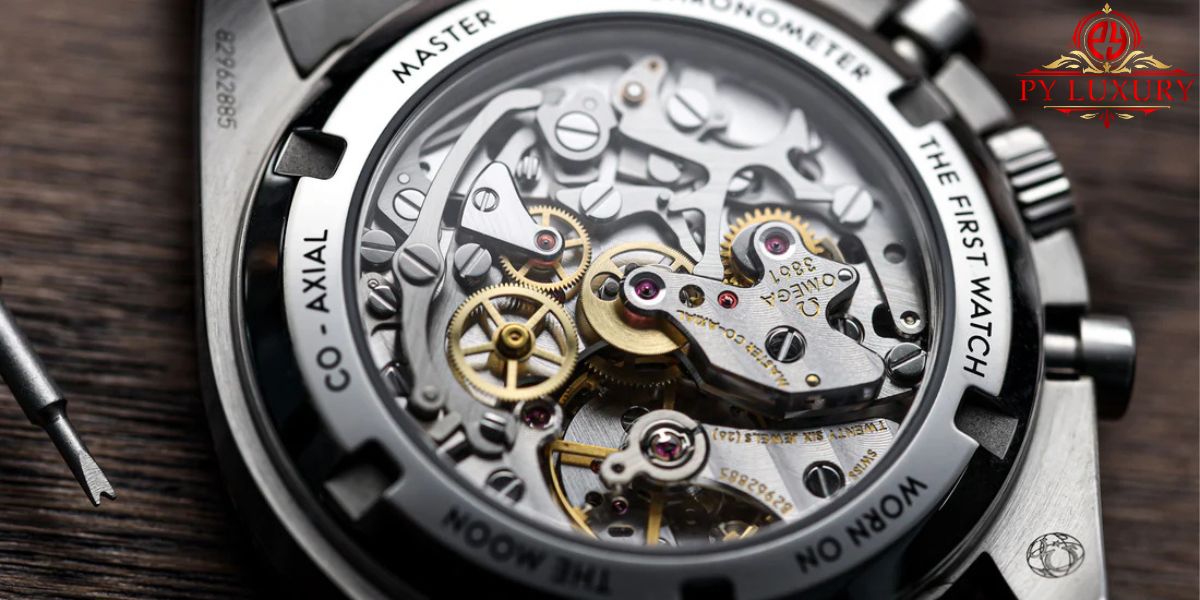
In replica watches, high-quality mechanical movements can greatly enhance the overall experience, offering smooth, sweeping seconds and impressive power reserves, mimicking the performance of genuine luxury watches.
How Mechanical Movements Work
At the core of a mechanical movement is a wound spring, known as the mainspring. This spring stores potential energy when wound, and gradually releases it through a series of gears and escapements, regulating the watch’s timekeeping. Unlike quartz watches, mechanical movements rely on precision engineering and craftsmanship, making them far more complex.
Manual Movement: Tradition at its Finest
What is a Manual Movement?
Manual movements, also known as “hand-wound movements,” are the oldest form of mechanical movements. They require the wearer to wind the watch manually by turning the crown, which stores energy in the mainspring. As the mainspring unwinds, it powers the watch, driving the hands and any complications on the dial. Many manual watches feature transparent case-backs, allowing wearers to appreciate the intricate craftsmanship of the movement.
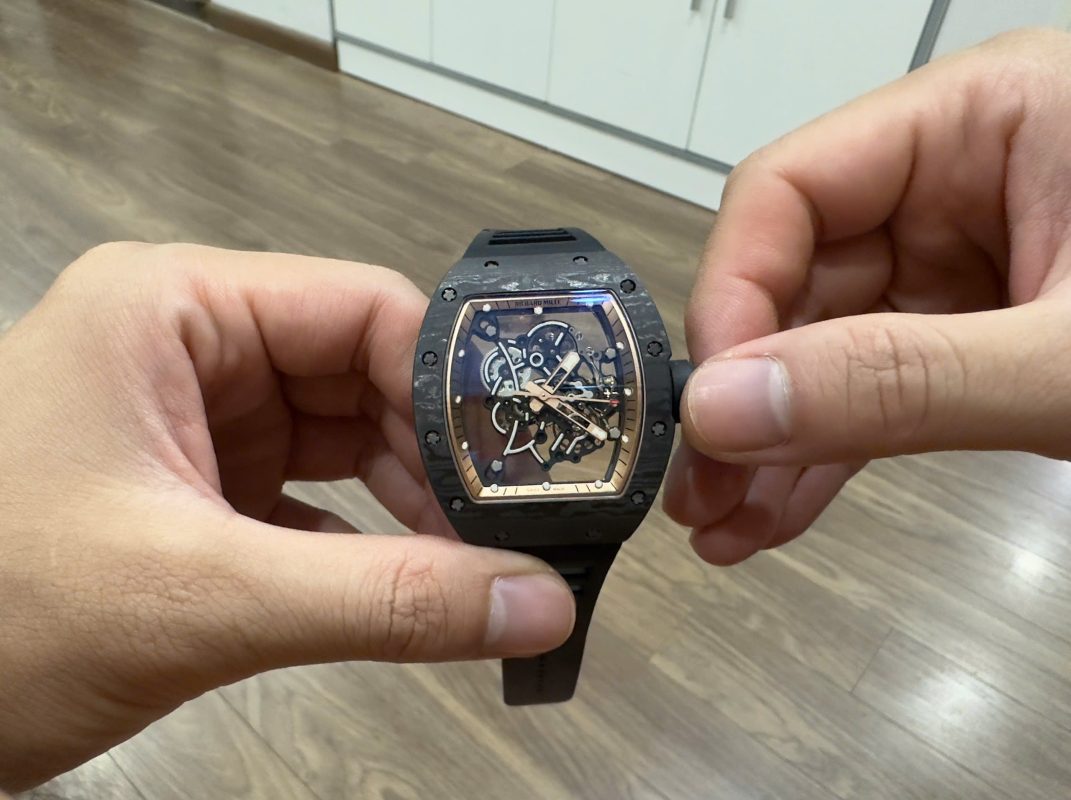
In replica watches, manual movements often replicate this traditional mechanism, capturing the elegance and authenticity of high-end brands that use similar designs.
How Manual Movements Work
The wearer winds the crown, which in turn winds the mainspring. As the mainspring releases its energy, it drives the watch hands and other functions. The power reserve of manual movements varies, but many require winding every 24 to 48 hours. Some high-end replica watches even offer extended power reserves, lasting several days.
Advantages of Manual Movements in Replica Watches
- Craftsmanship: Manual movements showcase the watchmaker’s skill, offering a tangible connection between the wearer and the timepiece.
- Aesthetic Appeal: The movement’s intricate design is often visible through the case-back, providing a visual treat for enthusiasts.
- Classic Appeal: For collectors, manual movements evoke the traditional charm of classic timepieces.
Automatic Movement: The Convenience of Self-Winding
The Appeal of Automatic Movements
Automatic movements, or “self-winding” movements, are a popular choice in luxury watches due to their blend of craftsmanship and convenience. These movements harness the natural motion of the wearer’s wrist to wind the mainspring, meaning the watch continues to run as long as it is worn regularly.
Replica watches with automatic movements are highly sought after for their accuracy and convenience. They offer the same smooth, sweeping seconds found in genuine luxury timepieces, making them a preferred choice for those looking for a more authentic experience.
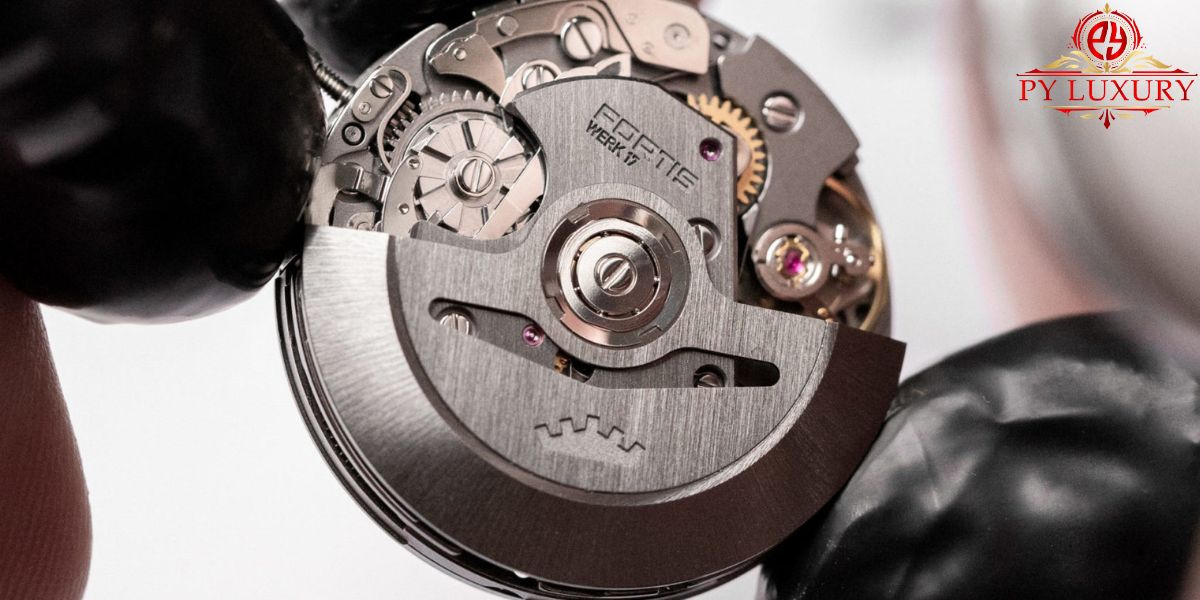
How Automatic Movements Work
In addition to the gears and springs found in manual movements, automatic watches feature a rotor, a semi-circular weight that rotates with wrist movement. As the rotor spins, it winds the mainspring, providing a continuous power supply without the need for manual winding. However, if the watch is not worn for a while, it may still require occasional manual winding or the use of a watch winder.
Advantages of Automatic Movements in Replica Watches
- Effortless Operation: As long as the watch is worn regularly, it will continue to operate without the need for daily winding.
- Smooth Motion: Automatic movements replicate the smooth seconds hand motion of high-end watches, adding to the authenticity of replica timepieces.
- Power Reserve: Many automatic movements offer power reserves of 40 hours or more, ensuring continuous operation even when not worn for a short period.
Choosing the Right Movement in Replica Watches
When it comes to replica watches, the choice of movement can significantly impact the watch’s performance and value. Quartz movements provide affordability and precision, making them an excellent choice for those seeking a reliable timepiece without the need for frequent maintenance. On the other hand, mechanical movements, particularly manual and automatic, offer a more authentic experience, capturing the craftsmanship and artistry of luxury watches.
Learn more about how to care for automatic watches to ensure their longevity and performance.
For watch enthusiasts and collectors, high-quality replica watches with mechanical movements can offer a satisfying blend of performance and craftsmanship, mirroring the original models closely. Whether you are drawn to the tradition of manual movements or the convenience of automatic self-winding, understanding the differences between these movements can help you make an informed choice when selecting a replica watch.
In conclusion, watch movements are the heart and soul of any timepiece, whether it is a genuine luxury watch or a high-quality replica. By understanding the intricacies of quartz, manual, and automatic movements, you can better appreciate the craftsmanship that goes into creating these watches and choose a replica that best suits your preferences. Each movement type offers its unique advantages, and the right one for you will depend on your lifestyle, preferences, and how much you value the engineering behind your timepiece.

